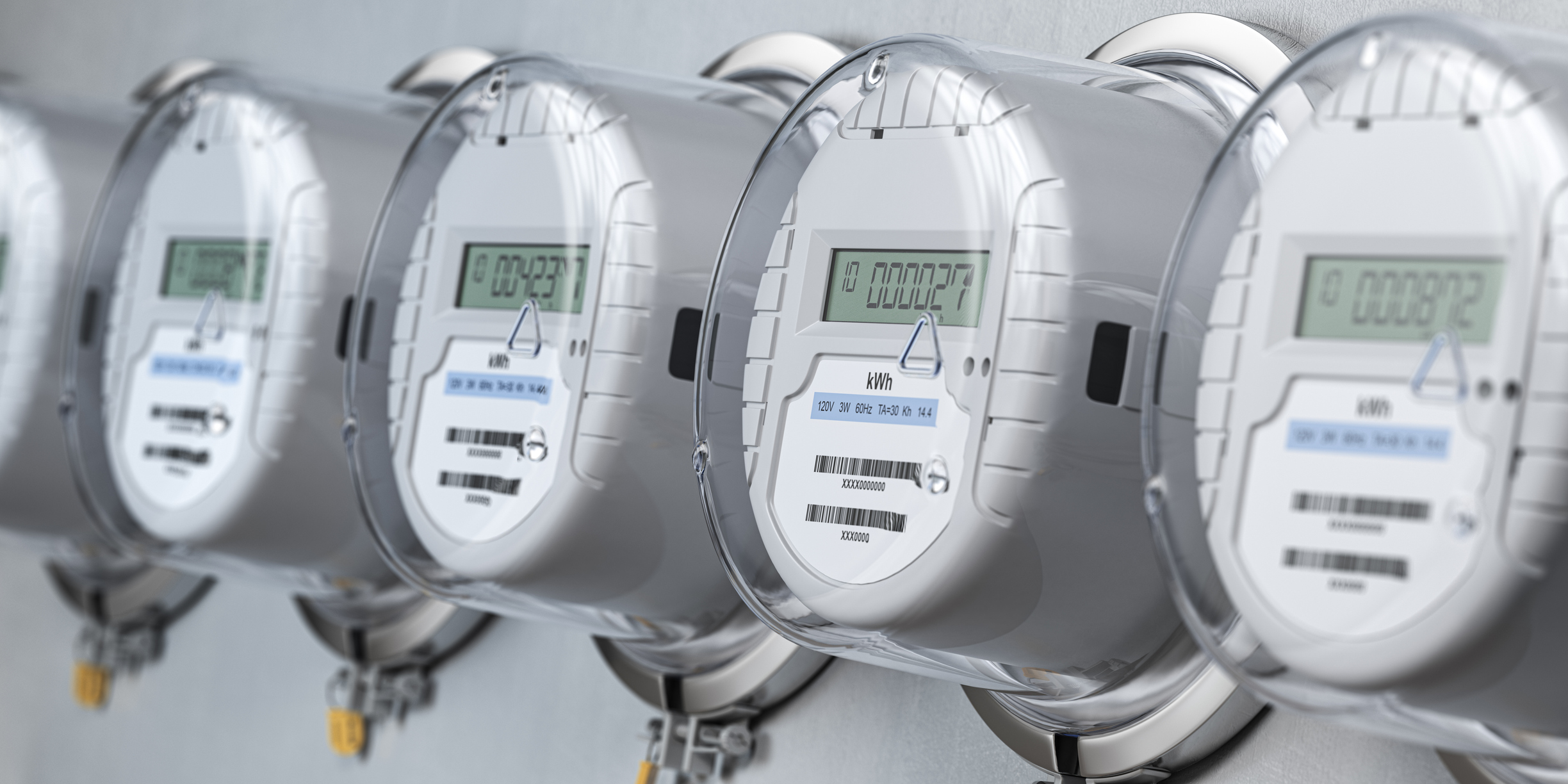
For companies looking to reduce energy use and maximise asset performance there is a quick and free first step they can take – investigate the potential of voltage optimisation. Mark Yates, of compressed air and fluid power specialist Thorite, explains why.
The challenge to rein in energy costs without impacting productivity is a constant one for manufacturers.
But few are aware that they may be being supplied with more electricity than their plant needs to operate efficiently, and so are paying inflated energy bills.
This anomaly dates back to the early 1990s, when the voltage of UK factory equipment was harmonised with the rest of Europe, from a standard 240v to 230v +/- 10%.
As a result, all factory equipment is now designed to operate efficiently at the lowest voltage levels, around 220v. However, the national grid was not adapted to meet this lower demand and has continued to supply energy at levels that on some sites reach the upper level of 253v.
In addition to paying for energy which is not needed, an over-supply of voltage to an asset which only requires 220v can be detrimental to its efficiency and lifespan, as the additional current increases both its running temperature and vibration levels, so higher maintenance costs are also likely. An increased carbon footprint is another concern.
A voltage optimiser (VO) is a sustainable solution to excess electricity supply.
How a VO works
A VO regulates the voltage feed going into your premises and ensures machinery only uses the amount of kWhs it was designed to consume.
This keeps energy consumption at the optimal level a machine needs to function.
The inductive nature of any loads has no bearing on the effectiveness of a VO to bring about savings and they work effectively alongside power factor correction.
Identifying savings
A voltage optimisation audit – so simple to conduct that Thorite provides them cost-free - will establish whether a VO is worth your investment.
The audit measures the voltage going into your factory and calculates whether it will be viable to reduce the level of input, taking into account factors such as voltage drop. A VO can optimise the voltage to a single piece of equipment, a localised area or an entire building, with fixed or variable outputs and optional power factor correction.
A comprehensive outline of projected savings, carbon emissions reduction and return on investment (ROI) is then drawn up.
While projected energy savings can be accurately calculated on the reduction in kWhs consumed, maintenance and repair savings are more subjective and therefore less easy to gauge, however, Ofgem states that a 10% reduction in maintenance costs is a reasonable expectation when voltage is optimised.
Optimisation in action
A leading supplier of coating products wanted to reduce their carbon emissions and energy costs without compromising operational capabilities.
The free Thorite survey indicated that up to 8% of electricity consumption was being wasted.
Installation of a VO resulted in savings of £27,000 in the first year, which are ongoing. Carbon emissions have been reduced by 18,822kg a year.
VO is a solution which offer a concrete opportunity to achieve a swift return on investment and long-term financial, operational and environmental benefits.



